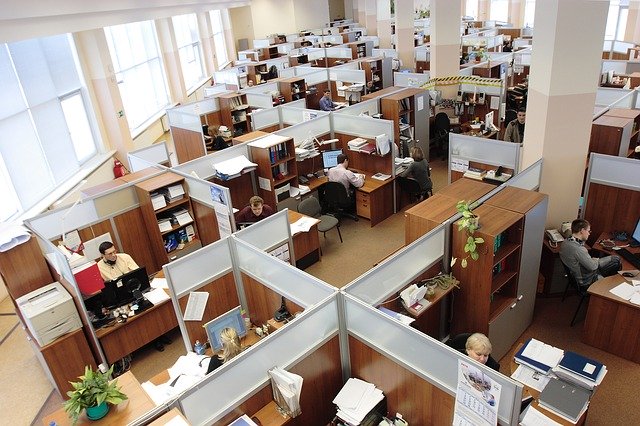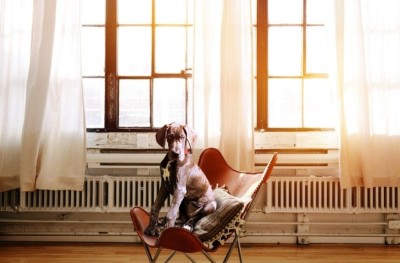How does a generational office operate? If we imagine a traditional Office Design, we’d think of a maze of cubicles with high walls and a high degree of respect for privacy. At the edges, private offices with more spacious privacy would be given to higher administration, and down the hall, there might be a slew of conference rooms to formally grind out teamwork operations on a particular project.
Don’t get it wrong, this type of contemporary office furniture sydney is still used today, especially for companies with long-established hierarchies and internal systems that they’ve honed over the years to get their company running like clockwork. However, it’s definitely something that’s growing more and
more out of trend with the new generation of younger workers that have started to enter the workforce.
With the Baby Boomers now getting overturned as the majority in the workforce by Millennials, past values and philosophies in the workforce are also being replaced.
Dissatisfied with private cubicles and wishing for more social interactions and less hierarchy, Millennials have single-handedly revived the open-plan office in the workplace. Offices now trend towards fitouts that provide natural light, collaborative spaces and breakdown of barriers with shared tables and low partitions. Instead of a dense and packed cubicle fitout, shared workstations and long tables that are shared between all levels of management have become popular.
This is great for new companies, but reinventing the mould when you have a couple of generations in your office can be a hard balancing act, especially to your Boomers, who often have been loyal to your company for decades. Since the youngest Boomers will reach 65 by 2029, you can’t risk alienating them for the sake of attracting and retaining new talent.
So how can you balance the Millennials and Boomers?
By understanding why, they are the way they are, of course.
Simply put, Boomers like peace and quiet when they work because they see work as work. The quicker and more efficient they are at finishing their work, the greater their bonuses and money. Private life is much less of an issue at work, and therefore their expectations on at-work socialising is low. Visible progression through the company was a sign of status and hard-work – private offices with higher-quality furnishings are therefore something to be worked for.
This created the traditional office imagined before.
Now, Millennials are a whole different ballgame. They are the product of Gen X and Baby Boomer parenting – and have grown up seeing the difficulties of work-life balance. They may have experienced that no matter how hard a person tries, a demanding career may require more than a few missed out sports-meets and performances.
Instead of trying to make ‘work’ and ‘life’ two competing areas in life, Millennials aim for work-life integration. A healthy working style indicates a healthy life, making them wish for offices that provide more needs than the past. Open-places to socialise and make connections, flexibility to keep their own schedules alongside productive work, and an engaging office that cares about their physical and mental wellbeing is ideal.
Therefore, the revival of the open-plan office.
These preferences directly compete – engaging workplaces are of the least concern in a Boomer’s mind, while formal conference rooms and cubicles are low on Millennial preferences in a generational office Design
Compromise in a Generational Office
A happy medium then comes from compromise in a generational office. The best office designs should have to strike all workstyles and needs – including generational differences.
It only makes sense that diversity in designs and fitouts are ideal for a diverse workplace.
Private office spaces can still be provided for older workers as long as an open-space is provided for younger workers to flourish. Options like pods can create more breakout spaces for your workers, while the right specialist can help figure out a fitout that shapes your office culture through your choice of furniture – how large do you wish your shared tables and workstations to be? What message do you wish to send through your choice of cubicles and partitions, the expense of the chair, etc?
With a more mobile and diverse workplace comes a need for more reactive office-planning as well.
Let your fitouts shape your worker’s happiness by letting them to choose the right office furniture in North Sydney for work environment and privacy for their needs.


